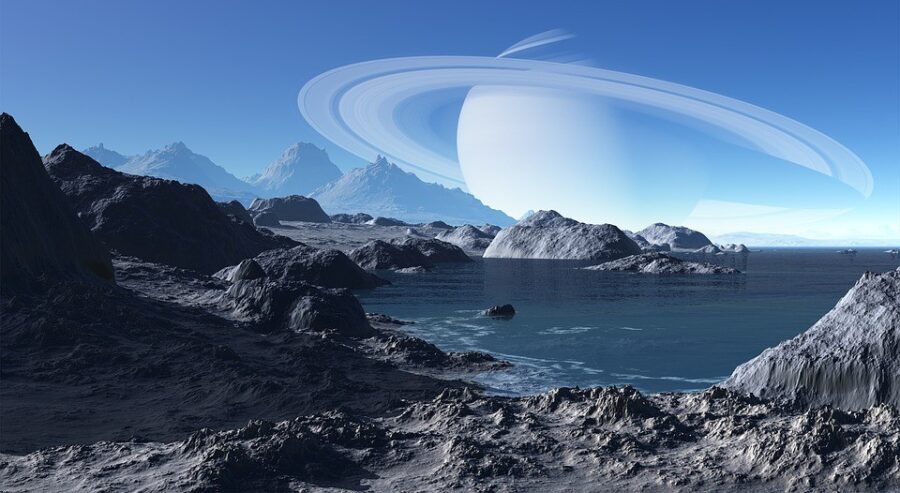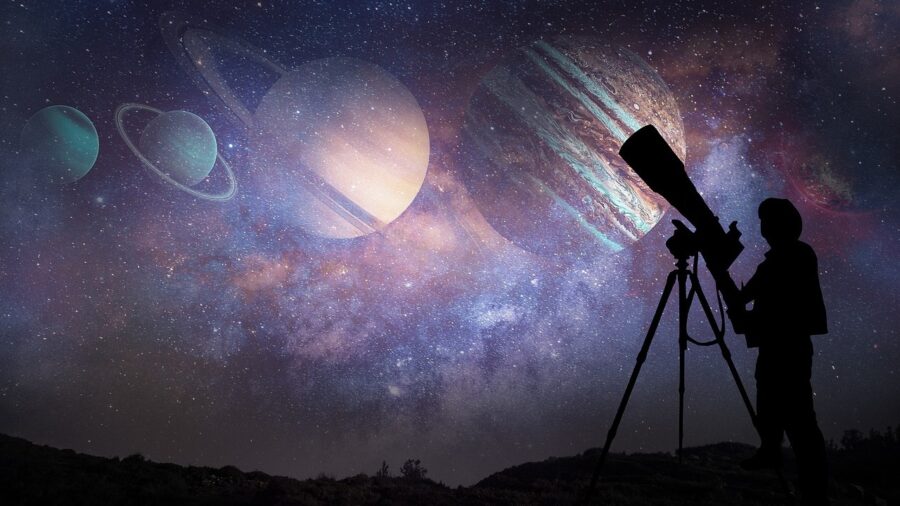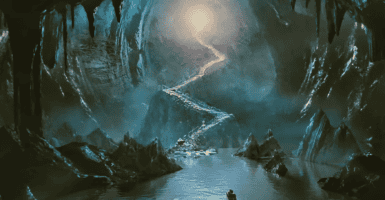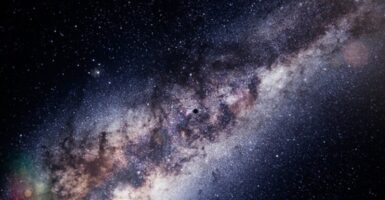Planet 9 Hiding In Our Solar System Could Change The Theory Of Gravity

Scientists have previously suggested that there may be a Planet 9 hiding in our solar system, but an alternative to that theory could change our understanding of gravity as we know it. Space.com reported on the studies by two scientists who were looking at how the Milky Way galaxy would affect objects on the edge of our solar system under the Modified Newtonian Dynamics (MOND) theory. MOND posits that Newton’s law of gravity is correct until great rotational velocities cause a different gravitational behavior to replace our typical understanding of gravity.
MOND differs from the typical gravitational view of rotating galaxies because it leaves out the need for dark matter as an explanation for why these galaxies can revolve at such great speeds without breaking apart.
Some scientists believe an alternative to the Planet 9 theory could lead us to change the theory of gravity.
The typical explanation of gravity in rotating galaxies theorizes that dark matter, a hypothetical form of matter that doesn’t emit or reflect light, covers galaxies and keeps them gravitationally bound. But what does Modified Newton Dynamics theory have to do with this theoretical Planet 9?
Well, Planet 9 is actually a theory that was proposed in 2016 to explain the strange behaviors of bodies in a structure at the edge of our solar system called the Kuiper belt.
The Kuiper belt is essentially a huge disc that is populated mostly by asteroids and comets, which sometimes display strange orbital anomalies. These anomalies could be explained by a hypothetical ninth planet, but we would need to uncover that planet to confirm the theory.
The alignments that Mathur and Brown found were “striking,” in their words, but they also cautioned putting too much stock in the findings yet, as the dataset is small and there is much research to be done.
However, Case Western Reverse scientist Harsh Mathur and Hamilton College professor of physics Katherine Brown, the scientists who conducted this recent study, theorized Planet 9 might not be the reason and that the orbital anomalies seen in the Kuiper belt could be Modified Newton Dynamics at play.

Of course, MOND remains an unproven theory, but if their findings could prove MOND’s existence, then it would upend our current theories of gravity as we know them. Or at least change our understanding of how far our theory of gravity can go.
Mathur and Brown initially set out to test the Planet 9 hypothesis with the data available and completely rule out MOND. However, their findings didn’t rule it out, and the duo proposed that the orbits of far-flung outer solar system bodies could have been gravitationally dragged, over the course of millions of years, by the gravitational field of the Milky Way. In other words, they are aligned with the Milky Way galaxy itself rather than just our solar system.
The Kuiper belt is essentially a huge disc that is populated mostly by asteroids and comets, which sometimes display strange orbital anomalies.
The alignments that Mathur and Brown found were “striking,” in their words, but they also cautioned putting too much stock in the findings yet, as the dataset is small and there is much research to be done. So, it’s very possible that Planet 9 could ultimately be the right theory at play here, but the prospect of the Modified Newton Dynamics theory is perhaps even more enticing.
In any case, it seems like Brown and Mathur are hopeful about their findings leading to more robust gravitational research in the future, as Brown concluded, “Regardless of the outcome, this work highlights the potential for the outer solar system to serve as a laboratory for testing gravity and studying fundamental problems of physics.”












